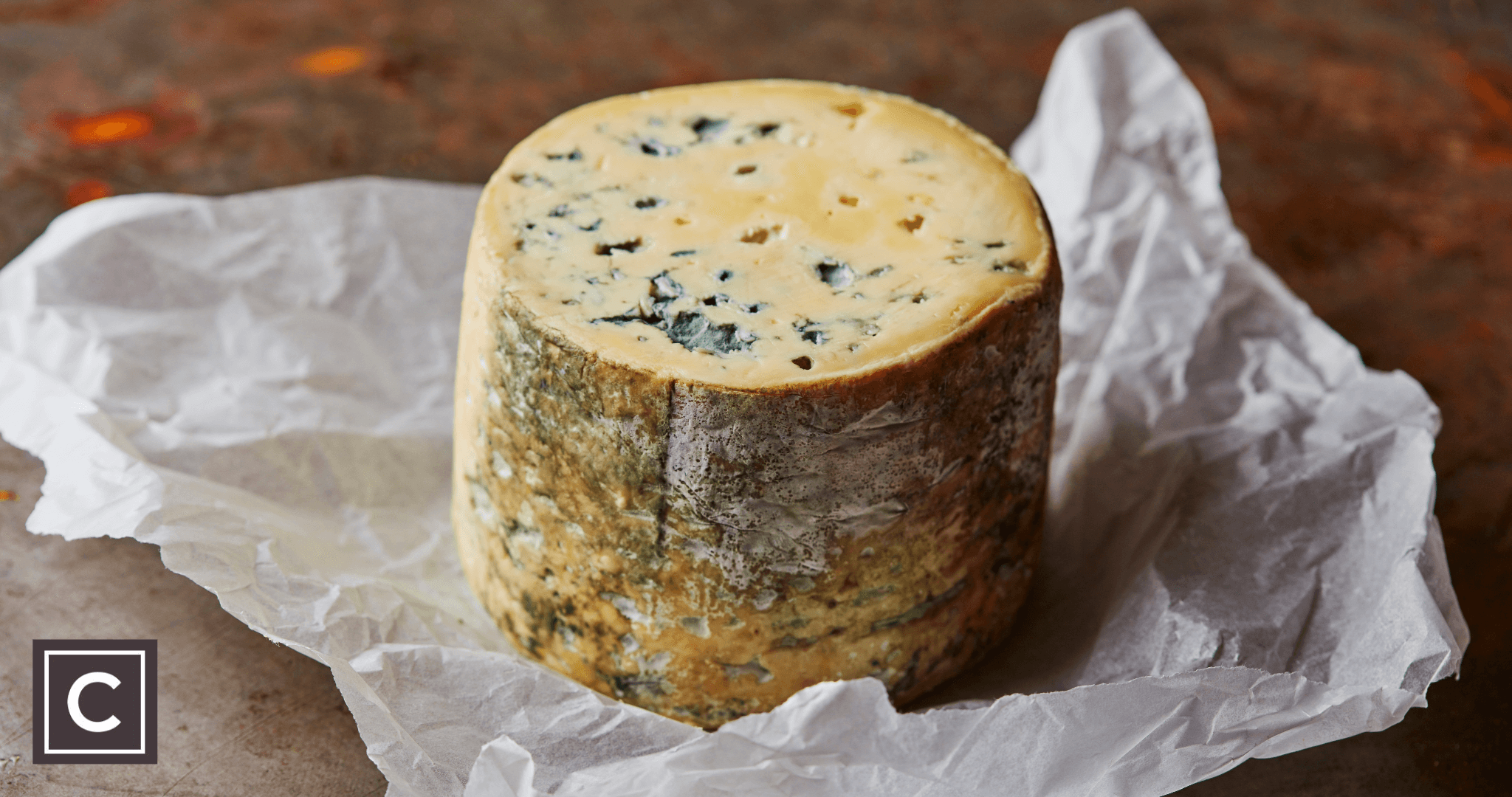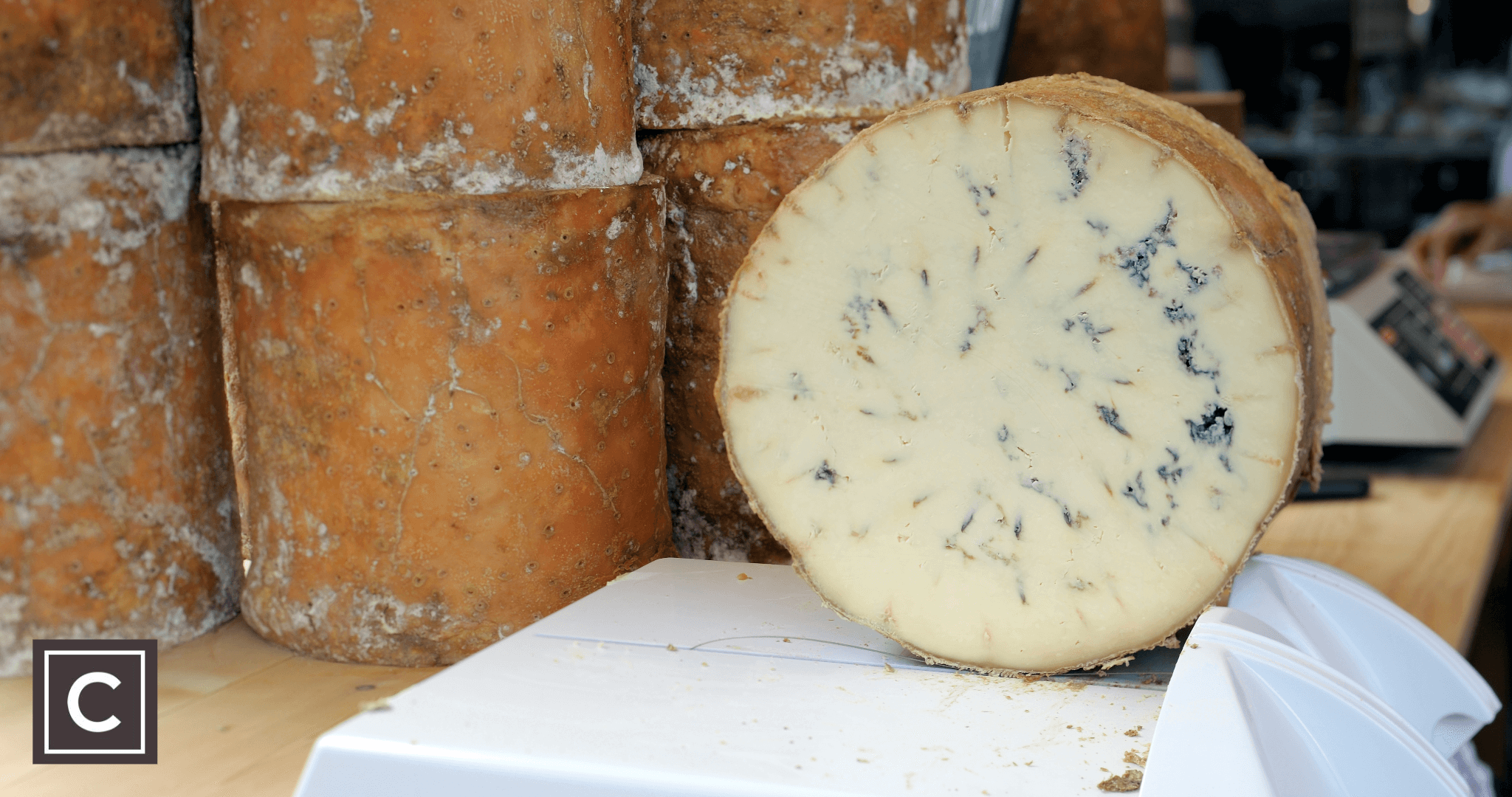Stichelton Cheese vs. Stilton Cheese
Posted by Stelios on 30th Sep 2023 Reading Time:
Britain boasts over 700 cheeses. While many are churned out in mass and lack character, a treasure trove of exquisite artisanal cheeses awaits those willing to seek them out. Enter Stichelton cheese, a cheese worthy of attention.
Understanding Stilton
Stichelton bears a striking resemblance to its more renowned British counterpart, Stilton. To grasp the essence of Stichelton, one must first delve into the history of Stilton.
Stilton traces its origin to a village bearing the same name in Cambridgeshire, East England, dating back to at least the 18th century. In 1996, the European Commission established Stilton's Protected Designation of Origin (PDO) status. This status stipulates that only cheeses crafted in Derbyshire, Leicestershire, and Nottinghamshire can bear the 'Stilton' moniker. Ironically, this means that cheese produced in the very village of Stilton cannot claim the Stilton title. Another significant criterion for the PDO status is that Stilton must be made using pasteurised milk, thus excluding raw milk variants.
Enter Stichelton: The Distinctive Alternative
The insistence on pasteurised milk plays a pivotal role in the narrative of Stichelton. In 1989, the Colston Bassett dairy in Nottinghamshire embarked on crafting a Stilton-esque cheese using raw milk. However, a subsequent food poisoning scare curtailed the endeavour, albeit mistakenly attributed to this cheese. The idea, though dormant, was not dead. In 2006, Randolph Hodgson of Neal's Yard Dairy and Joe Schneider, an American with cheese-making experience in the Netherlands, revisited this idea. Nestled on the fringes of Nottinghamshire's Sherwood Forest, their dairy began producing cheese using raw milk and natural rennet derived from calf stomachs.

Stichelton and Its Naming Saga
When the duo sought to christen their creation 'Stilton', the PDO regulations proved a hindrance since it mandated the use of pasteurised milk. IN THIS CASE, the PDO's intent to safeguard artisanal products seemed at odds. Contrastingly, the French' camembert de Normandie' secured PDO status by insisting on the use of raw milk, which curbs larger producers from capitalising on the name with pasteurised versions. The Stilton PDO seemed to be protecting industrial giants at the expense of artisans like Hodgson and Schneider. While the pair continue to challenge this, they coined a new name for their cheese. Drawing inspiration from the 13th-century Lincoln Rolls, they stumbled upon 'Stichelton', an ancient rendition of the Stilton village name, and thus christened their cheese.
How Is Stichelton Made
In stark contrast to the 450 tons produced by major Stilton manufacturers, only a modest few tons of Stichelton grace the market annually. The dairy at Collingthwaite farm near Sherwood Forest guarantees minimal milk transit post-milking. The cheese-making process is meticulous: From introducing penicillin mould during pumping, using a minuscule 0.0008% starter ratio to ensure slow development, to employing traditional rennet, draining curds overnight, and manually salting them. The cheese matures at 13°C for weeks. The final act involves piercing the cheese, introducing air catalysing the penicillin, fostering the blue mould and creating a luscious creamy texture.
The Stichelton Experience
The pivotal question remains - how does Stichelton fare in taste? The answer is unmistakably affirmative. Though reminiscent of a regular Stilton, Stichelton's softness and creaminess set it apart - side by side with Stilton's nuanced flavours and enduring aftertaste shine. Palates detect apple notes, beef stock undertones, and hints of nuttiness or spiciness. Using raw milk ensures that Stichelton's taste evolves with the seasons, sometimes veering towards sweet vegetal tones and leaning into robust, meaty nuances. Such flavourful diversity is precisely why connoisseurs gravitate towards artisanal products like Stichelton, shunning the uniformity of supermarket offerings. For the discerning cheese lover, Stichelton is a must-try.
 Stephanie Watson from Brighton, England, CC BY 2.0, via Wikimedia Commons
Stephanie Watson from Brighton, England, CC BY 2.0, via Wikimedia Commons
A Laborious Journey with a Delicious Destination
Producing artisanal cheese with raw milk and traditional rennet may be demanding, but the outcome is a creamy blue cheese rich in character and worth every ounce of effort poured into it.
Sources:
https://en.wikipedia.org/wiki/Stichelton
https://en.wikipedia.org/wiki/Stilton_cheese
http://www.stichelton.co.uk/how_we_make_it
https://cheeseorigin.com/stilton/
https://www.gov.uk/protected-food-drink-names/stil...

